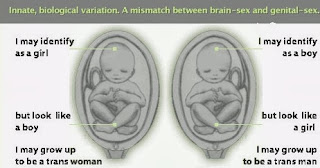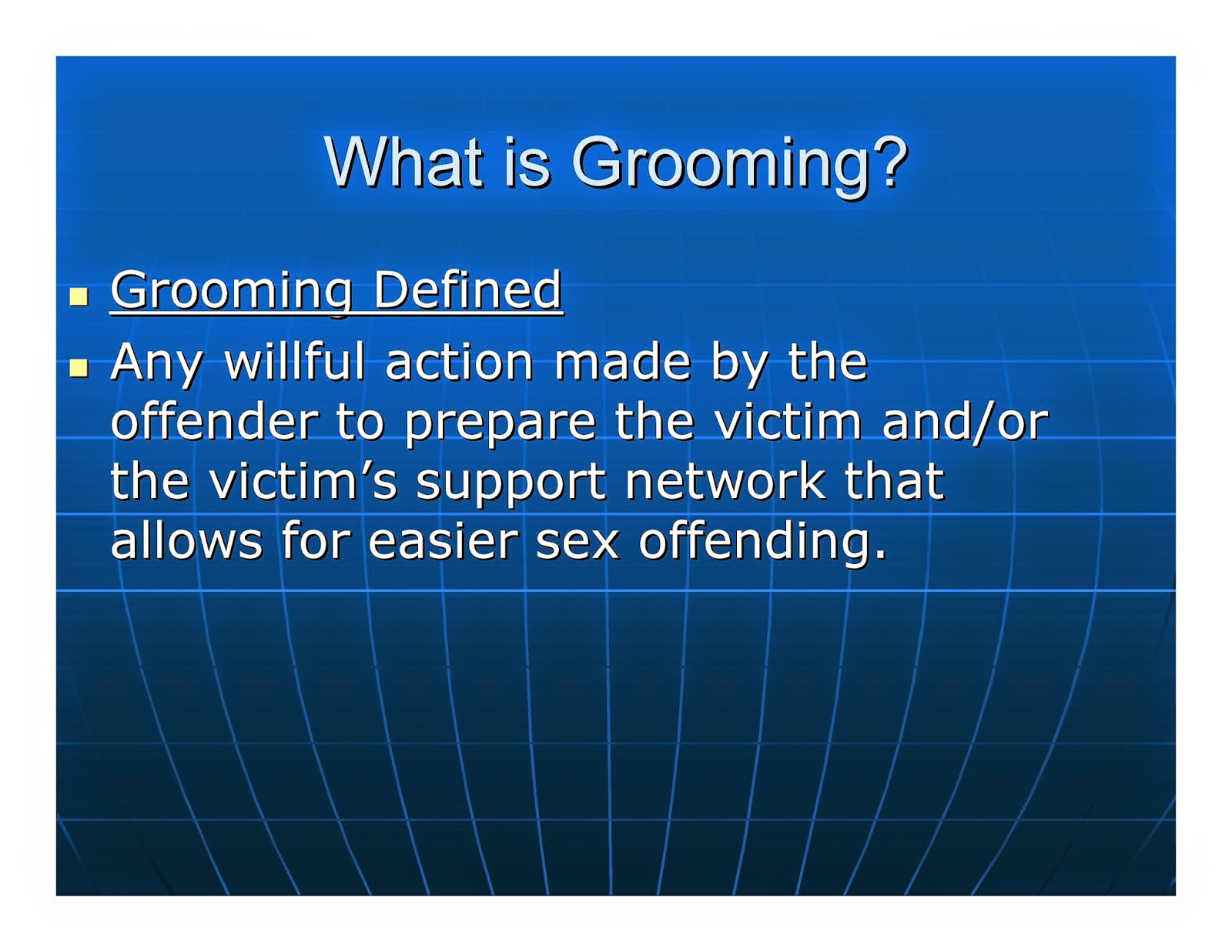The virus that causes AIDS infects one form of immune T-cell by rearranging its inner skeleton,allowing it access to the cell, scientists have discovered.
The finding helps explain how HIV maintains pockets of dormant virus in these so-called “resting” T-cells, even when the virus is under attack by antiretroviral drugs. It also points to potential new targets for drug development, experts say.
“Whenever you identify a necessary step — a step which is absolutely required for infection of naive T-cells — of course then you have a new focus point, one that you can examine to see if there are options for new therapies. Certainly with HIV treatment, we need that,” said study co-author Jon Marsh, a researcher in the Laboratory of Cellular and Molecular Regulation at the U.S. National Institute of Mental Health.
Viruses are such primitive life forms that they must gain access toother organisms' genetic material, located deep in the nucleus of the cell, before they can replicate. Scientists have long known that HIV latches onto certain receptors on the surface of its main target — the immune system's T-cells — to gain entry into the cell.
Early in the disease process, HIV typically attacks “activated”T-cells — so named because they are already primed against a particularpathogen. But so-called “naive” T-cells also move throughout the blood stream. These cells are often resting — they haven't yet been activated to fight a particular threat.
When HIV seeks entry to the activated T-cell, it does so by latching on to a surface receptor called CCR5. But in more than 50 percent of patients, the virus begins to attack resting T-cells, too, via a receptor called CXCR4.
“We know that HIV prefers to infect activated T-cells — it's more difficult for HIV to infect resting T-cells,” noted Rowena Johnston, vice president of research at the Foundation for AIDS Research (amfAR) in NewYork City. “So, the question for me and a lot of people has been: Whydoes the virus do it? What possible advantage could there be?”
In their new research, Marsh and study co-author Yuntao Wu, of George Mason University, believe they may have answered that question. They published the findings in the Sept. 5 issue of Cell.
According to the researchers, HIV binds with the CXCR4 receptor on resting T-cells, and that activates a protein called cofilin. Cofilin effectively rearranges the tiny filaments that make up the T-cells protective inner skeleton. One this is done, HIV is able to sneak past this barrier and into the cell's nucleus.
“So now HIV has a means of making these normally [highly] resistant cells susceptible to infection,” Marsh said.
For HIV, there's a decided plus to entering resting versus activatedT-cells, because resting cells provide a much safer hiding place, Johnstonnoted. “If it can get into the resting T-cell, it can just sit in that-cell forever,” she explained. “This induces latent infection.”
HIV is known to hide out in a number of cell types in the body, making a cure for AIDS elusive. “But if we are aiming to cure infection, we need to understand all of the ways in which latent infection can be established,” Johnston said.
HIV's entry into resting T-cells also marks more advanced disease, the experts said. “The emergence of CXCR4 [type virus] usually is late in the disease, and it's usually associated with a relatively severe decline in CD4 T-cells. So, it's not a good sign,” Marsh said.
Will this discovery inevitably lead to new, effective AIDS drugs? That remains uncertain, Marsh said.
“The thing about a virus is that it exploits normal processes ina cell,” he explained. “So, the clinical aspect always has to look for ways in which you can disturb only the virological component, or most of the virological component, and not hinder those things that are most absolute and necessary for life.”
Johnston agreed it may be years, if ever, before this discovery leads to effective therapies. Right now, she said, “this is very much in the arena of just understanding how HIV does what it does.”
More information: Find out more on the fight against HIV/AIDS at amfAR.
World Press Freedom Day: Jamaica moves up the ranks, UNESCO reports on
environmental journalists
-
Today (May 3) was World Press Freedom Day. We are delighted that Jamaica
has moved up a number of places in the annual index, according to Reporters
Withou...
19 hours ago































.mkv_000108708.jpg)
.mkv_000109059.jpg)
.mkv_000113988.jpg)
















+(Light).jpg)






































No comments:
Post a Comment